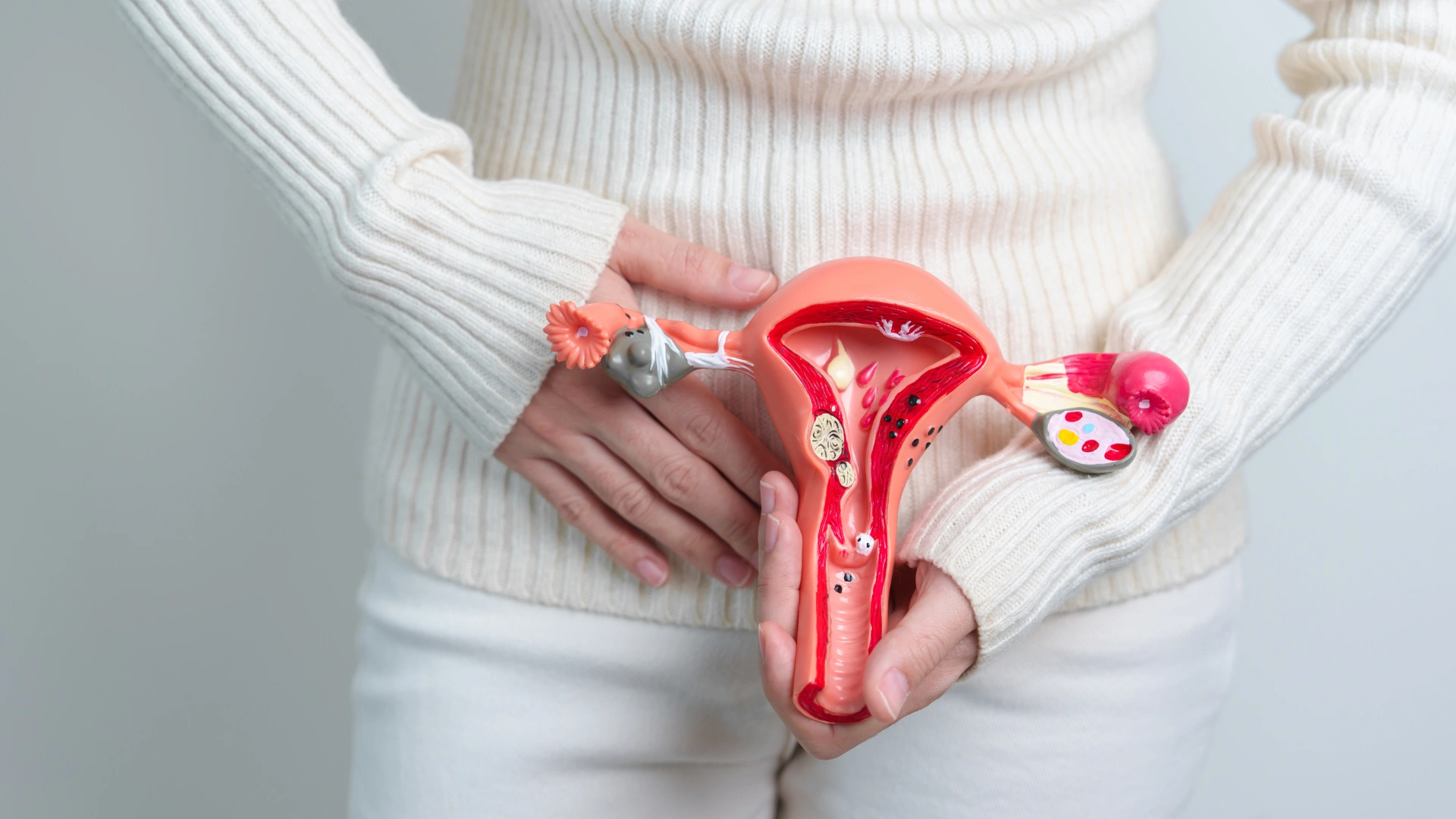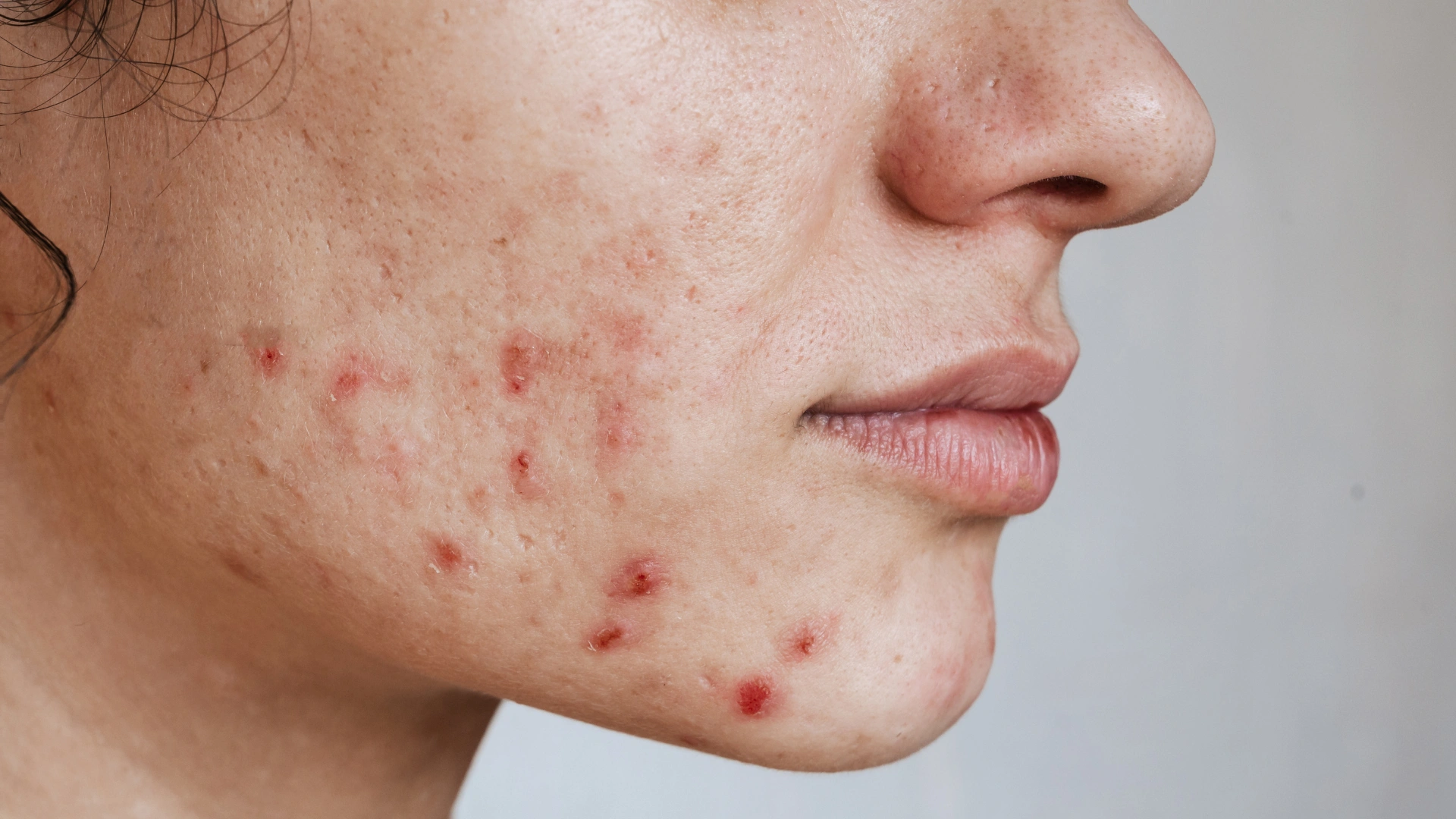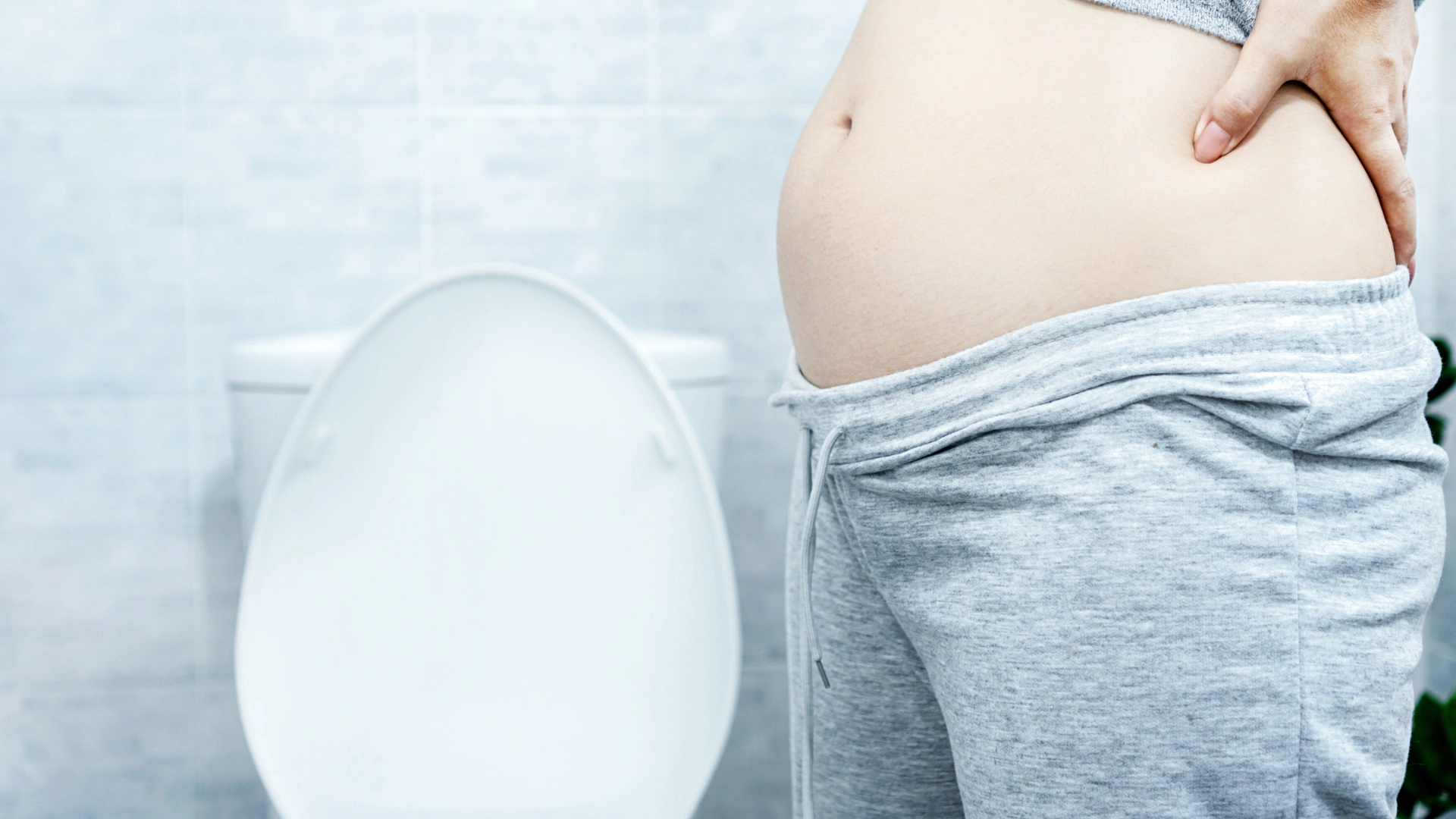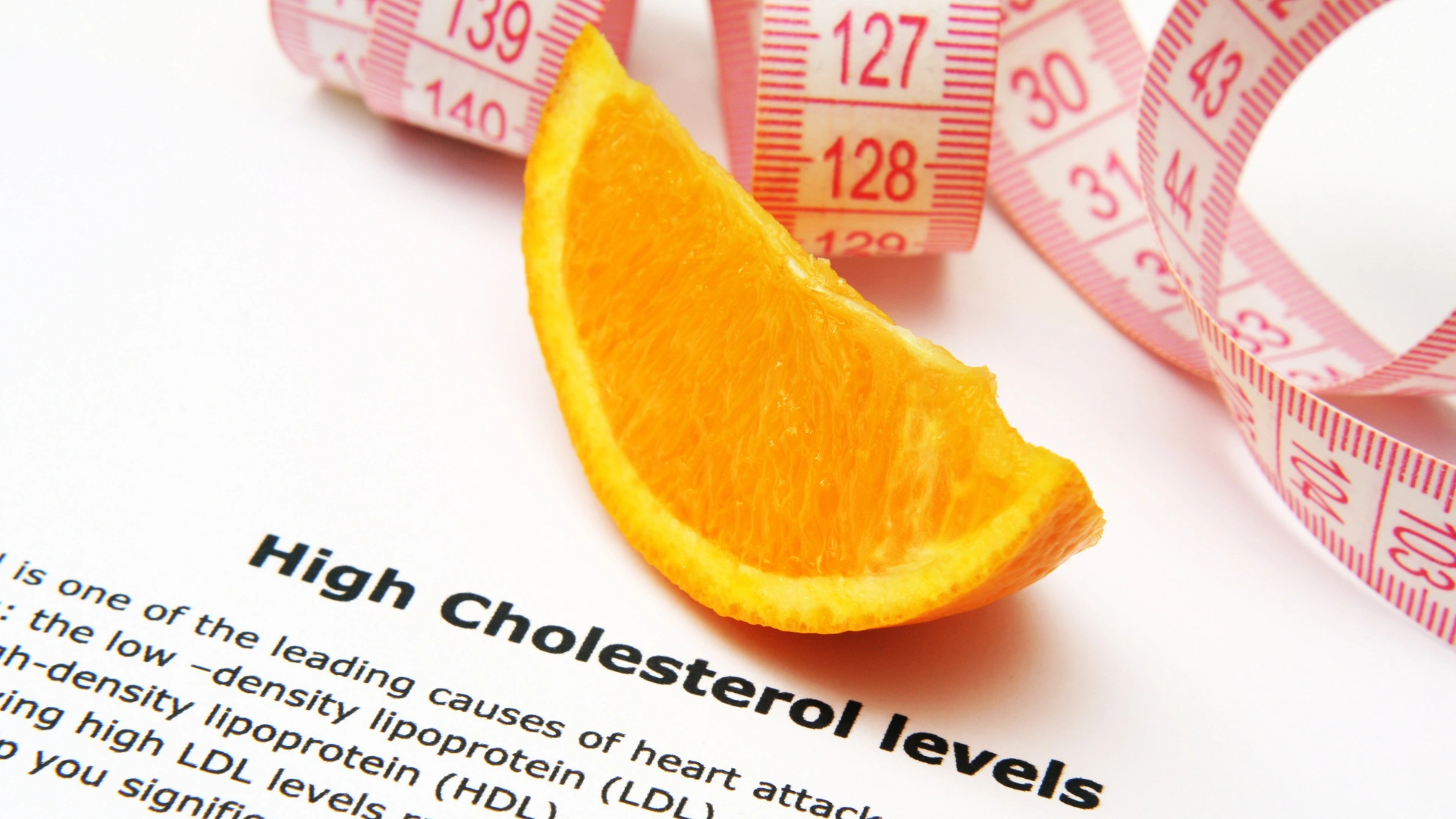
Did you know that migraines affect over 1 billion people worldwide and are the second leading cause of disability? Unlike a typical headache, migraines are intense and debilitating, often accompanied by nausea, sensitivity to light and sound, and throbbing pain. Migraines can disrupt daily activities, making focusing, working, or even relaxing challenging.
A migraine is not just a “bad headache.” While headaches can cause mild pain and discomfort, migraines are neurological in nature and can last anywhere from a few hours to several days. The pain is often concentrated on one side of the head and worsens with physical activity. Symptoms like aura (visual disturbances) and nausea are telltale signs of a migraine episode.
In this article, you will learn practical and proven home remedies that provide relief during a migraine attack and strategies to prevent future episodes. From simple remedies like cold compresses to long-term approaches such as dietary changes and stress management, these methods are accessible, effective, and backed by data.
Migraine: What It Is, Types, Causes & Symptoms
A migraine is a complex neurological condition characterized by recurring, intense headaches that often come with additional symptoms such as nausea, vomiting, and sensitivity to light and sound. Unlike typical headaches, migraines are caused by changes in brain activity, affecting nerve signals, chemicals, and blood vessels.
Migraines can be classified into several types, with the most common being:
- Migraine Without Aura: The most common type, presenting as a throbbing headache on one side of the head without warning signs.
- Migraine With Aura: Includes visual disturbances like flashing lights or blind spots before the headache begins.
- Chronic Migraine: Occurs more than 15 days per month, significantly impacting daily activities.
- Silent Migraine: Includes aura and other symptoms but no headache pain.
While the exact cause remains unclear, several factors are known to trigger migraines:
- Hormonal changes, especially in women during menstruation, pregnancy, or menopause.
- Stress and anxiety, which can affect brain activity and muscle tension.
- Dietary triggers, including aged cheese, alcohol, and food additives like MSG.
- Sleep disruptions, such as oversleeping or insomnia.
- Environmental factors, like bright lights, loud noises, and strong odors.
Migraines often follow four distinct phases, although not everyone experiences all of them:
- Prodrome: Early warning signs such as mood changes, food cravings, or neck stiffness.
- Aura: Visual or sensory disturbances occurring just before or during a migraine.
- Attack: Severe, pulsating pain typically on one side of the head, lasting hours to days, along with nausea, vomiting, and sensitivity to light and sound.
- Postdrome: The “migraine hangover,” where individuals feel drained or confused after the attack subsides.
Immediate Relief for Migraines at Home

When a migraine strikes, immediate action can help reduce its intensity and duration. The following proven home remedies provide relief without relying on medication.
Cold Compress Therapy
Applying a cold compress to the forehead, back of the neck, or temples can quickly reduce migraine pain. The cold temperature constricts blood vessels and decreases inflammation, which helps dull the throbbing sensation. Use a cold pack, a damp cloth chilled in the freezer, or even a bag of frozen peas wrapped in a towel. Studies have shown that applying cold therapy for 15–20 minutes significantly reduces pain intensity in migraine sufferers.
Dark and Quiet Room Rest
Migraines often make individuals highly sensitive to light and sound, which can worsen symptoms. Retreating to a dark, quiet room can provide relief by minimizing external stimuli. Blocking out light, turning off electronic devices, and resting in silence allow the nervous system to calm down. A 30-minute rest in these conditions can noticeably reduce migraine severity.
Hydration
Dehydration is a common trigger and exacerbator of migraines. Drinking plenty of water at the first sign of a migraine can help ease symptoms. Aim for small, frequent sips of cool water. Adding electrolytes or consuming natural hydrating fluids like coconut water can further restore balance and improve hydration. Research has shown that staying adequately hydrated reduces the frequency and severity of migraine attacks.
Essential Oils
Certain essential oils, like peppermint and lavender, are known for their soothing properties. Peppermint oil contains menthol, which has a cooling effect that relaxes muscles and improves blood flow. Lavender oil, on the other hand, has calming properties that relieve stress and reduce pain. To use, dilute a few drops of essential oil in a carrier oil (like coconut oil) and apply it to the temples, forehead, or back of the neck. Alternatively, inhaling the scent through a diffuser can provide quick relief.
Massage Techniques
Massaging the head, neck, and shoulders can reduce tension and improve blood circulation, alleviating migraine symptoms. Focus on areas like the temples, the base of the skull, and pressure points on the hands. A gentle circular motion with your fingertips for 5–10 minutes can ease muscle tension and stimulate relaxation. For added effectiveness, pair the massage with essential oils.
Long-Term Prevention Strategies

Preventing migraines requires consistent lifestyle changes and habits that target common triggers. By addressing key factors like diet, stress, sleep, exercise, and supplementation, the frequency and intensity of migraines can be reduced effectively.
Dietary Adjustments
Certain foods are known migraine triggers and should be avoided. These include aged cheese, chocolate, processed foods, and alcohol. Foods containing MSG (monosodium glutamate) and artificial sweeteners can also contribute to migraine onset. Caffeine is a double-edged sword; while small amounts can help relieve migraines, excessive consumption can trigger them.
On the other hand, including magnesium-rich foods like spinach, almonds, and avocados, as well as anti-inflammatory options such as salmon, berries, and turmeric, can help prevent migraines. Magnesium has been found to relax blood vessels and reduce the risk of migraine attacks. A balanced diet that avoids known triggers and includes nutrient-dense foods plays a significant role in long-term migraine prevention.
Stress Management
Stress is one of the most common migraine triggers. Chronic stress leads to tension, hormonal imbalances, and overactive nervous responses, which can worsen migraines. Stress management techniques like deep breathing, mindfulness meditation, and progressive muscle relaxation can help regulate the body’s response to stress. Setting aside 10–15 minutes daily for these techniques can reduce tension and prevent migraines. Engaging in hobbies or activities that promote relaxation, such as reading or listening to calming music, can further reduce stress levels.
Regular Sleep Patterns
Inconsistent sleep habits are strongly linked to migraine frequency. Both too little and too much sleep can trigger an attack. Establishing a consistent sleep routine—going to bed and waking up at the same time every day—helps regulate the body’s internal clock. Adults should aim for 7–8 hours of uninterrupted sleep. Creating a sleep-friendly environment by keeping the room dark, quiet, and cool can also improve sleep quality. Limiting screen time and avoiding stimulants like caffeine before bedtime supports better sleep, reducing the likelihood of migraines.
Exercise
Regular physical activity can help prevent migraines by improving blood flow, reducing stress, and regulating hormones. Activities like walking, swimming, cycling, or yoga are low-impact, gentle yet effective options. Studies show that at least 30 minutes of moderate exercise three to four times a week reduces migraine frequency. Exercise also boosts endorphin levels, which act as natural pain relievers. It is important to start with light activities and avoid overexertion, as intense workouts can sometimes trigger migraines in susceptible individuals.
Supplements
Several supplements have been shown to support migraine prevention. Magnesium is one of the most researched options, as it helps relax blood vessels and prevent migraine attacks. Taking 400–600 mg of magnesium oxide daily can significantly reduce migraine frequency. Riboflavin (Vitamin B2) and Coenzyme Q10 (CoQ10) also effectively lower migraine occurrences by enhancing cellular energy production. Additionally, feverfew and butterbur, two natural herbal supplements, have demonstrated benefits in migraine prevention. It’s essential to ensure consistent intake for at least 1–2 months to see noticeable results.
Unconventional Remedies
Unconventional remedies for migraine relief offer alternative approaches that may help when traditional methods fall short. These remedies focus on natural and holistic practices that target migraine triggers and symptoms effectively.

Herbal Teas
Certain herbal teas, like ginger, peppermint, and chamomile, can help alleviate migraine symptoms. Ginger tea has anti-inflammatory properties that reduce pain and nausea, two common migraine symptoms. Peppermint tea helps relax tense muscles and improve blood flow, while chamomile tea has calming effects that ease stress and promote relaxation. Drinking 1–2 cups of these teas during the early stages of a migraine can reduce its severity. Herbal teas are also a great way to stay hydrated, which is critical for migraine prevention.
Aromatherapy
Aromatherapy uses essential oils to relieve migraine pain through inhalation or topical application. Lavender oil is known for its calming properties and can help reduce migraine intensity when inhaled or applied to the temples. Peppermint oil contains menthol and provides a cooling sensation that relaxes muscles and improves circulation. Aromatherapy can be performed by using a diffuser, adding a few drops of oil to a warm bath, or applying diluted essential oils to the temples, neck, or wrists. Inhaling these scents for 15–20 minutes can significantly ease migraine discomfort.
Biofeedback
Biofeedback is a technique that trains individuals to control their body’s physiological responses, such as heart rate, muscle tension, and blood pressure, which are often elevated during a migraine. During a biofeedback session, sensors provide real-time feedback, helping individuals learn to consciously relax their muscles and manage stress.
Research shows that biofeedback can reduce migraine frequency and intensity by up to 45% to 60% when practiced regularly. While it may require initial training, biofeedback empowers individuals to manage migraines without medication.
Functional Medicine
Functional medicine takes a holistic approach to migraines by identifying and addressing the root cause rather than just treating symptoms. This approach often involves testing for food sensitivities, hormonal imbalances, and nutritional deficiencies, which can contribute to migraines. For example, gluten or dairy sensitivities may trigger inflammation that leads to migraines. Functional medicine also focuses on lifestyle interventions, such as dietary changes, stress management, and targeted supplementation, to address these root causes.
Is Caffeine Good or Bad for Migraines?
Caffeine has a dual effect on migraines—it can either provide relief or act as a trigger, depending on the individual and the amount consumed.
In small doses, caffeine can help relieve migraine symptoms. It works as a vasoconstrictor, narrowing blood vessels that widen during a migraine attack. This effect can reduce the intensity of throbbing pain. Caffeine is often included in over-the-counter migraine medications because it enhances the effectiveness of pain relievers like acetaminophen or aspirin. Studies have shown that consuming 50–100 mg of caffeine during the early stages of a migraine can shorten its duration and lessen its severity.
However, excessive caffeine consumption (more than 200–300 mg per day, roughly 2–3 cups of coffee) can trigger migraines or worsen their frequency. Overuse leads to a phenomenon called caffeine rebound headaches, where migraines occur when the body experiences caffeine withdrawal. For individuals prone to migraines, sudden increases or decreases in caffeine intake can disrupt the nervous system and trigger an attack.
For migraine sufferers, moderation is key. If caffeine is used for relief, monitoring daily intake and maintaining consistency is essential. Those sensitive to caffeine may benefit from reducing or eliminating it from their diet entirely to prevent migraines.
Can Acupuncture Help With Migraine Relief?
Acupuncture, a practice rooted in traditional Chinese medicine, has shown promising results in reducing migraine frequency and intensity. Acupuncture involves inserting thin needles into specific points on the body to stimulate nerves, muscles, and connective tissues. This stimulation promotes the release of endorphins, the body’s natural painkillers, while improving blood flow and reducing inflammation.
Clinical studies have demonstrated that regular acupuncture sessions can reduce the number of migraine days by 41% or more in many individuals. Unlike medications, acupuncture has minimal side effects, making it a safe and effective option for those seeking alternative treatments. Patients typically see improvements after 4–6 sessions, with consistent treatments leading to longer-term relief.
Although the exact mechanism is not fully understood, acupuncture’s ability to regulate pain pathways and stress responses makes it an effective tool for migraine management. It is particularly beneficial for those who experience chronic migraines or have not responded well to conventional treatments.
What Are the Benefits of Magnesium for Migraines?
Magnesium plays a critical role in migraine prevention and relief. It is an essential mineral that regulates nerve function, blood flow, and muscle relaxation—key factors in reducing migraine occurrences. Research has found that individuals with migraines often have lower magnesium levels, making supplementation an effective preventive strategy.
One of magnesium’s main benefits is its ability to relax blood vessels and prevent their overexpansion, which is a common trigger for migraine pain. Magnesium also reduces the release of brain chemicals like glutamate, which can overstimulate nerve pathways and trigger migraines.
Studies show that taking 400–600 mg of magnesium daily can reduce migraine frequency, especially for those who experience menstrual migraines or migraines with aura. Magnesium can be obtained from foods like spinach, almonds, pumpkin seeds, and avocados, but supplementation is often necessary for therapeutic benefits. Magnesium oxide, citrate, or glycinate are popular forms used for migraine relief.
Regular magnesium intake not only helps prevent migraine attacks but also shortens their duration when taken during an episode. It is a safe and affordable remedy that offers significant benefits without the side effects of medications.
Conclusion
Migraines are a debilitating condition that can significantly impact daily life, but practical home remedies and preventive strategies can provide effective relief. Immediate approaches such as cold compress therapy, resting in a dark and quiet room, and using essential oils can quickly reduce pain during an attack. Long-term strategies, including dietary adjustments, stress management, regular sleep patterns, exercise, and magnesium supplementation, can help prevent future migraines.
For those seeking alternative options, acupuncture, herbal teas, and aromatherapy offer promising results. While caffeine can provide relief in moderation, excessive intake can trigger migraines, making balance essential. By combining these remedies and identifying personal triggers, individuals can take control of migraines and reduce their frequency and intensity.









